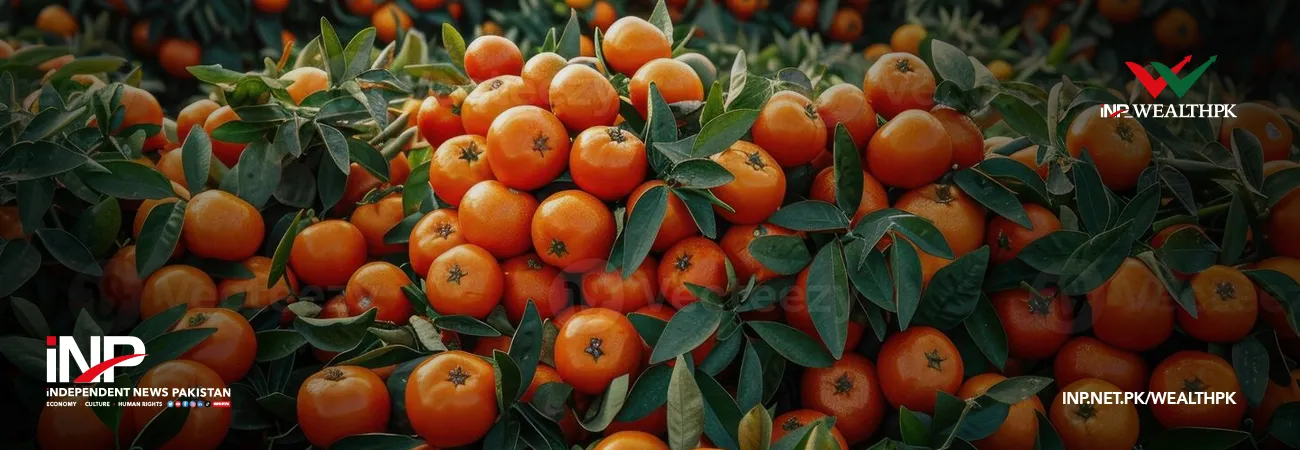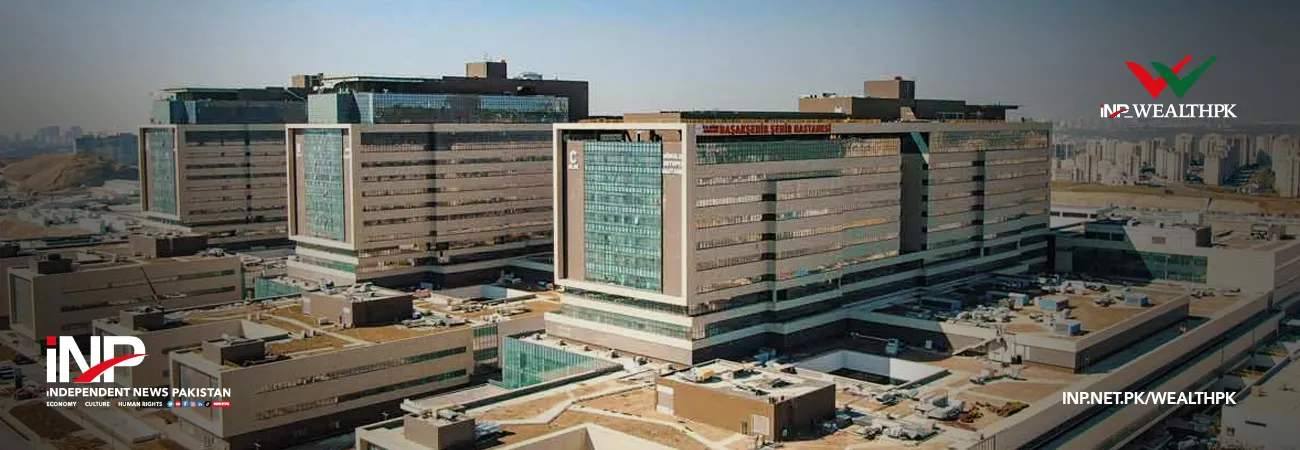INP-WealthPk
Ahmed Khan Malik
Permeate gas allocation from small pockets like Badar, Kandra and Sara West fields in Ghotki region to Qadirpur plant can help generate cheap electricity and save foreign exchange reserves. Permeate gas is a form of low-BTU gas with high sulphur content and no alternative use. It is different from the pipeline gas and it is usually wasted by flaring, which causes permanent loss of this natural resource since the energy cannot be recovered, said Osama Siddiqui, a microeconomic analyst. According to estimates, gas from Badar field can generate around 200 million units of power per annum from 20-30MWs and save around $20 million in foreign exchange every year if utilized effectively. Moreover, Kandra gas field can produce 65MWs generating 520 million units per annum and help save $0.7 billion in potential foreign exchange over the life of Qadirpur plant. Similarly, Sara West can also provide an output of roughly 36MWs with a production of 290 million units per annum, potentially saving USD0.3 billion worth of foreign exchange reserves over life.
Osama said in the peak winter season, domestic and commercial consumers faced long-hour gas outages. Moreover, the prospects of gas supply from Iran are limited due to the international sanctions, and the Russia-Ukraine conflict continues to disrupt the supply chains. “To counter the increasing dependency on expensive imported fuels from the international market, the government has started recognizing the need to utilize the indigenous resources to generate cheap electricity for the consumers. “One such richly available resource is the low BTU gas from the fields in Sindh’s Ghotki region which has the potential to play a part in solving the country’s energy crisis. The impact of these gas fields will be significant with regard to the supply of cheap and affordable electricity to the national grid,” Osama continued. Owing to the growing reliance on the imported LNG, the import bill can surpass $30 billion by 2030. Since cargo shipments are extremely delayed, officials are pushing for a 50% cut in gas supply to the power plants.
In this context, the energy sector needs to explore the avenues of local gas available that can be an effective alternative to generating power and making a long-term impact on the national grid. For instance, the allocation of approximately 30-50mmscfd gas from Kandhkot gas field to Engro Powergen Qadirpur Limited (EPQL) can add 110MWs to the national grid. This adjustment on an ‘as-and-when’ basis will also result in a potential benefit of over Rs200 billion to consumers over the next 12 years. The EPQL plans to reduce the country’s import bill by $2 billion through exploiting low BTU gas fields in Sindh, as these fields can be used to generate cheap electricity. These low BTU gas reserves need to be used as soon as possible to avoid power shortages in winter. The government should encourage and invest in these indigenous gas resources, which can benefit the country’s economy.
Credit: INP-WealthPk













